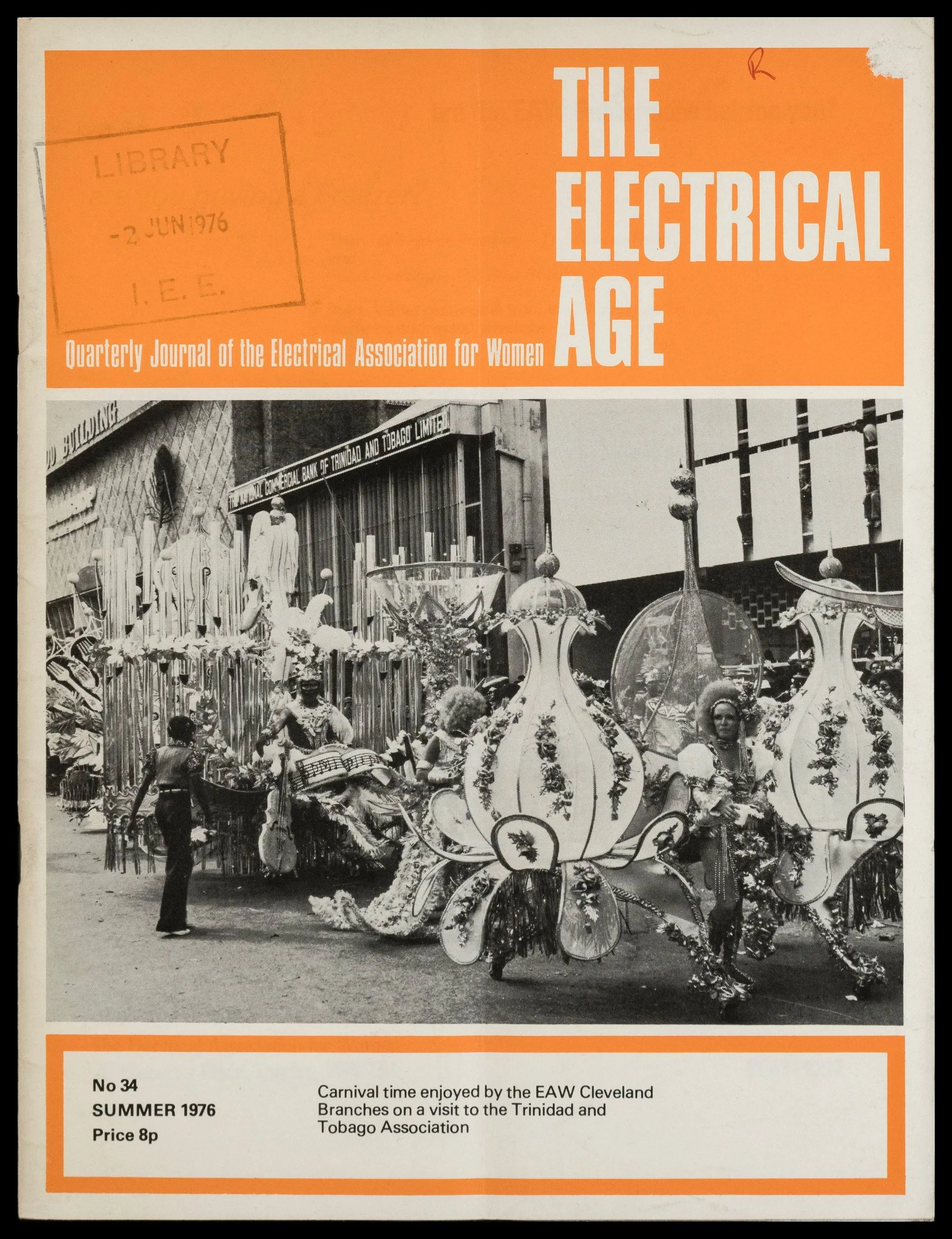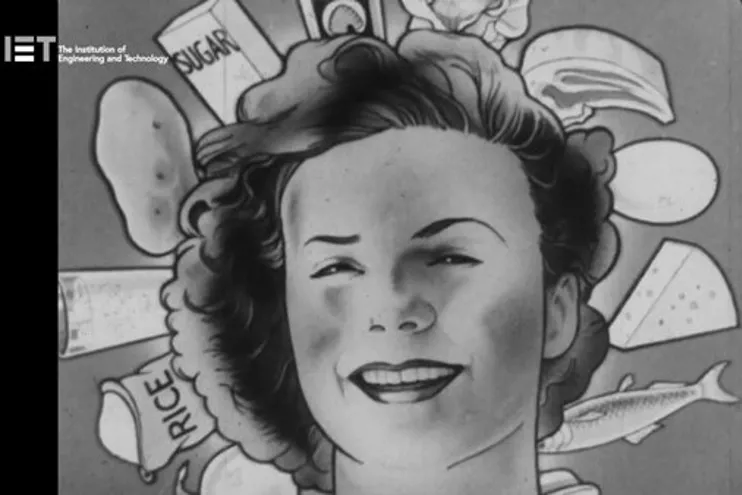One hundred years ago the Electrical Association for Women was founded. In its centenary year, the IET Archives, along with partner institutions and individuals, will be celebrating this accomplished organisation that helped to educate and empower women all over the world.
It all began on 12 November 1924, when a group of engineers, teachers, Girl Guide leaders, town planning committees and industry representatives met to discuss the life-changing opportunities of a new technology; domestic electricity.
They were invited to the home of Sir Charles and Lady Parsons to listen to the engineer Mabel Mathews. Mabel spoke about her experience working as a land girl in the First World War, when an old hand advised her to learn to ‘work light’.
Continue the story
-
Go to Women and engineering Women and engineering -
Go to History of WES History of WES -
Go to The Woman Engineer journal The Woman Engineer journal -
Go to EAW - history and policy EAW - history and policy -
Go to EAW - educating women EAW - educating women -
Go to Dame Caroline Haslett Dame Caroline Haslett -
Go to WES - WW2 and beyond WES - WW2 and beyond -
Go to The Electrical Age Journal The Electrical Age Journal -
Go to IET Young Woman Engineer Awards IET Young Woman Engineer Awards
She saw that the new electrical technologies that were starting to come into the home could help all women ‘work light’. She said,
“…women are very shrewd and thrifty persons but they are very much apt to overlook the fact that thrift of one’s energies is often more vital than thrift of money. It is by this form of thrift that electricity is going to help women.” (The Woman Engineer vol. 2 no. 1 pp. 5-8)
The formation of the EAW
Mabel suggested that the electrical industry, working engineers, teachers and women’s groups should get together to form a Women’s Electrical Association, an organisation which would inform, educate and encourage all women to use electricity to improve their lives. The Women’s Electrical Association was formed later that year. It soon changed its name to the Electrical Association for Women, or EAW.

The Electrical Age, Volume 1 June 1926, message from the first president Nancy Astor, Viscountess Astor

Illustration from ‘How we wired a house in Paradise’ by Beatrice Shilling and Mona Willis, The Electrical Age, January 1928.
Educating, supporting, inspiring women
To support professional women, the EAW held training courses for domestic science teachers, and set up certifications for women working as demonstrators in electricity showrooms. Margaret Partridge, the Devon-based electrical engineer, wrote a series of articles in the journal for Girl Guides. Beatrice (‘Tilly’) Shilling, who would go on to a successful career as an aeronautical engineer in the Second World War, wrote about her experience as Margaret’s apprentice: ‘How we wired a house in Paradise’.
Sustainability and growth
One hundred years after that initial meeting the EAW grew from strength to strength until its closure in 1986. Within those years the first local branch was set up in Glasgow in 1925. By the 1930s this had expanded to over 80 branches in the UK and one in the Netherlands. Their reach was also international; with a branch in New Zealand and one in Trinidad and Tobago, which is still active.
By asking women what they needed from this technology they were able to campaign for solutions- better design, more socket outlets, more functional layouts. Women were encouraged to take up the opportunities offered by this new industry.
Although the EAW was discontinued in 1986, there are many themes, such as making smart and informed choices and considering electrical economy, which are relevant to today’s consumers.

The Electrical Age Trinidad and Tobago carnival Summer 1976.

The EAW on film!
As part of the EAW's commitment to support their members, and the wider public beyond, they produced a number of educational films.
One of these films was 'Miss T' which was produced by the EAW in collaboration with the Board of Education and directed by Mary Field in 1940. The film was shown in schools, colleges, and training centres to educate on the importance of nutrition and a healthy lifestyle.
The EAW was instrumental, both during and after the Second World War, in informing the public on how this could be achieved using electricity as an affordable commodity. This film was rediscovered and restored by Stephen Preston in 2023 and kindly donated to the IET Archives.
In 2024 we are celebrating the EAW by looking at these themes, their publications, and their activities in a series of events and new research in women’s roles in energy. These can be accessed via the links below.
EAW Centenary links
- Electric Dreams - a Festival of Womanpower
- IET Archives blogs on the EAW
- The Electrical Age Journals - complete set of digitised journals
- The EAW and The Electrical Age journals - blogs from the University of Leeds
- ‘Screwdrivers, Scissors and Pliers’: The EAW in Interwar Scotland - blog by Eleanor Peters
- The Electrical Age front covers 1959-1978 on Pinterest
- Together in Electric Dreams: Tackling Climate Change by Dame Julia King 12 November 2024
We’re upgrading our systems, and this includes changes to our customer and member account log in, MyIET. It’s part of our big picture plan to deliver a great experience for you and our wider engineering community.
Whilst most of our websites remain available for browsing, it will not be possible to log in to purchase products or access services from Thursday, 17 April to Wednesday, 30 April 2025. Our Member Relations team is here to help and for many of our services, including processing payments or orders, we’ll be able to support you over the phone on +44 (0)1438 765678 or email via membership@theiet.org.
We apologise for any inconvenience this may cause and thank you for your understanding.
For further information related to specific products and services, please visit our FAQs webpage.
